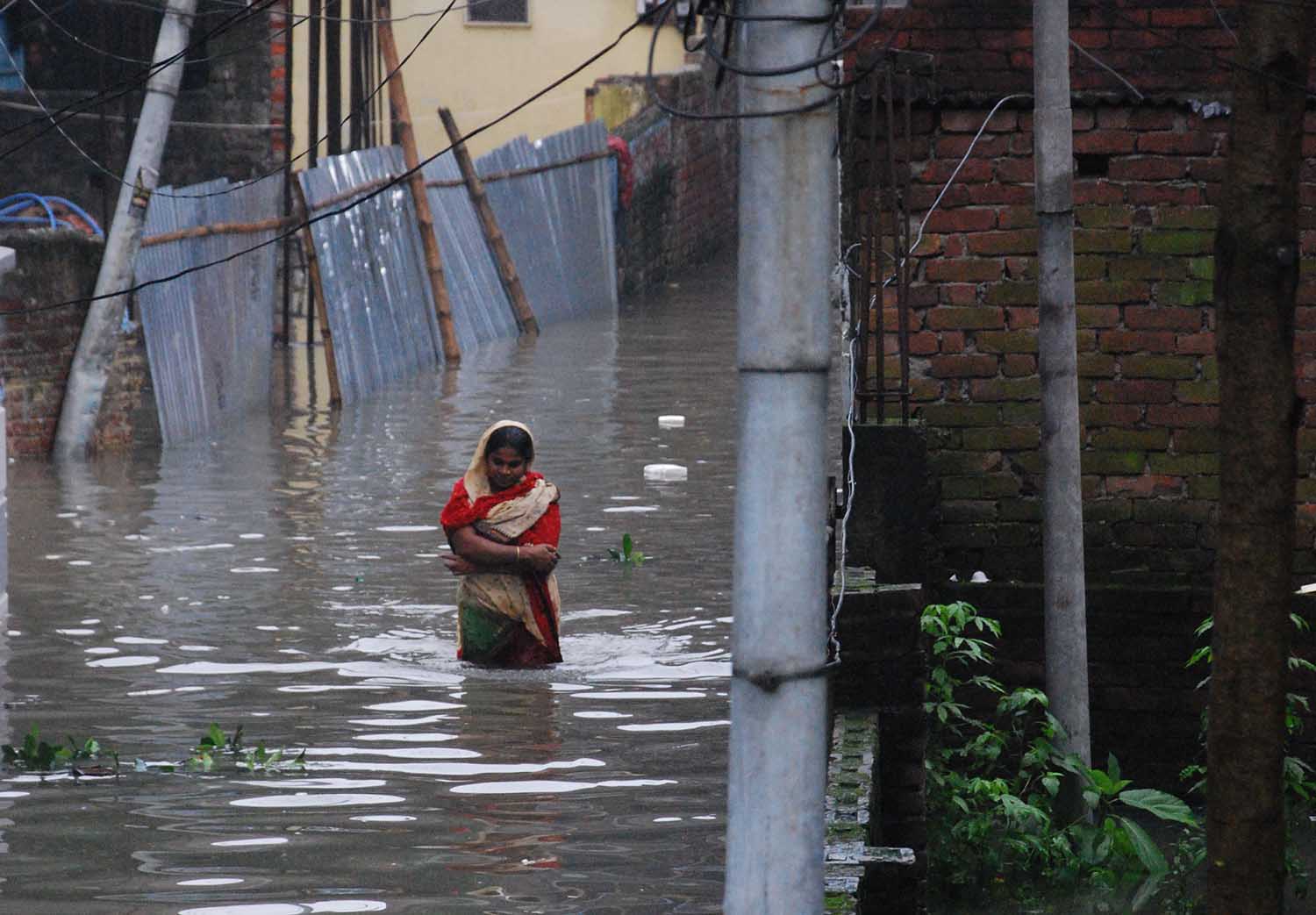 Photo by Sumaiya Ahmed, Creative Commons https://www.flickr.com/photos/snippets/1120575294/
Photo by Sumaiya Ahmed, Creative Commons https://www.flickr.com/photos/snippets/1120575294/
The recent Hurricanes (Harvey in Texas, Irma in Florida and the Caribbean) with their extensive floods have raised questions of pollution and other chemical contamination. This is an important public health issue that many times gets lost in the early days of a disaster when rescue and recovery are underway. Afterwards residents realize that the water surrounding them is far from clean. The New York Times reported that tests of floodwaters in some Houston neighborhoods revealed the presence of toxins at levels above what was considered safe.
At around the same time, thousands of miles away, monsoon rains wrecked havoc in India, Nepal, and Bangladesh. Similar pictures of people wading through floods were seen. The risks for anyone caught in such a situation is dire, but the threats are more likely to persist and be more severe in low- and middle-income countries (LMICs), with far less infrastructure and resources to deal with residential and industrial waste, even before the advent of a natural disaster.
Pollution and natural disasters know no boundaries. So what are the actual risks and what can be done? We talked to Pure Earth’s director of research Dr. Jack Caravanos, who is also a professor at NYU’s College of Global Health. Click here to read the full Q&A on Medium.





